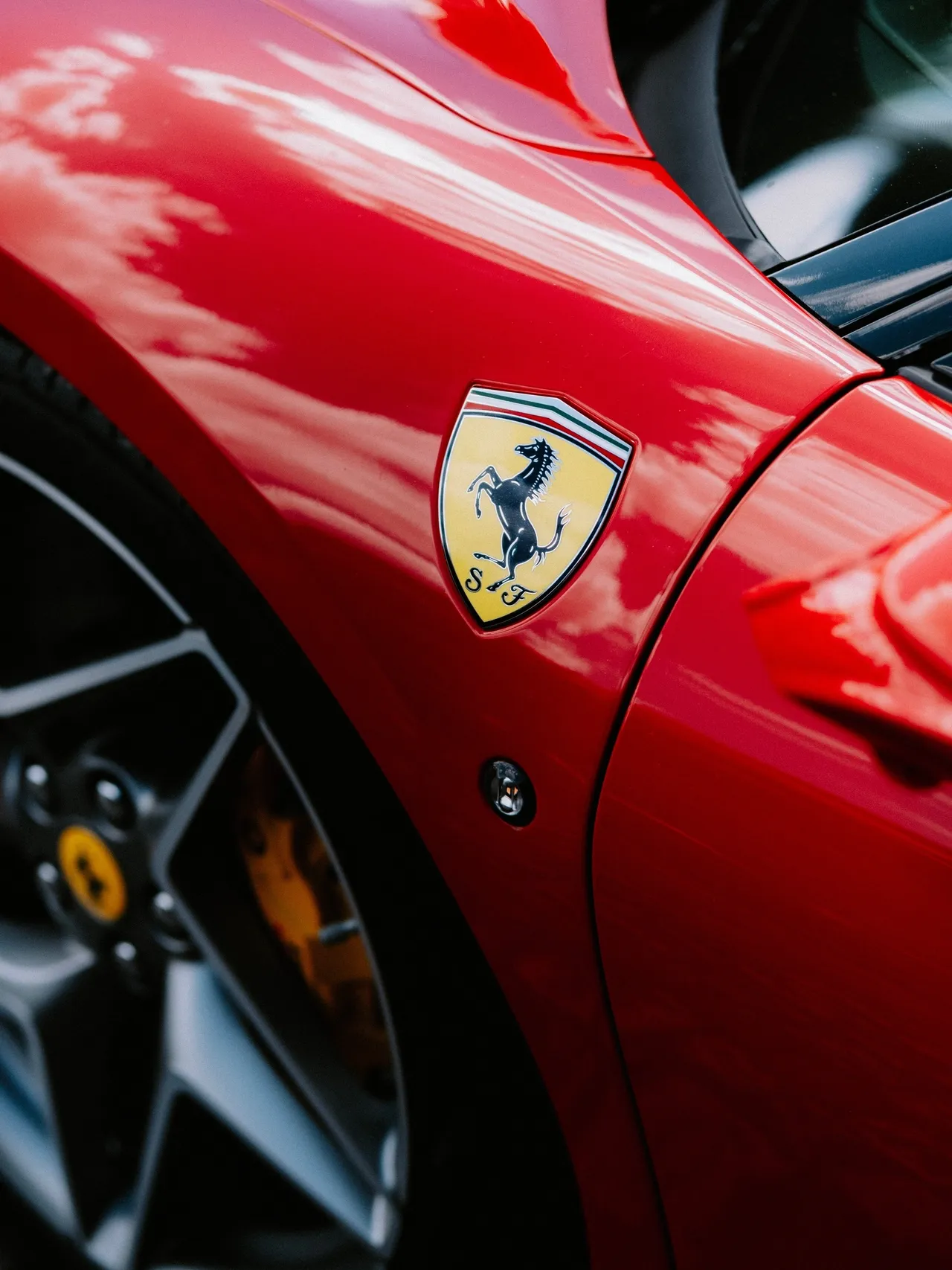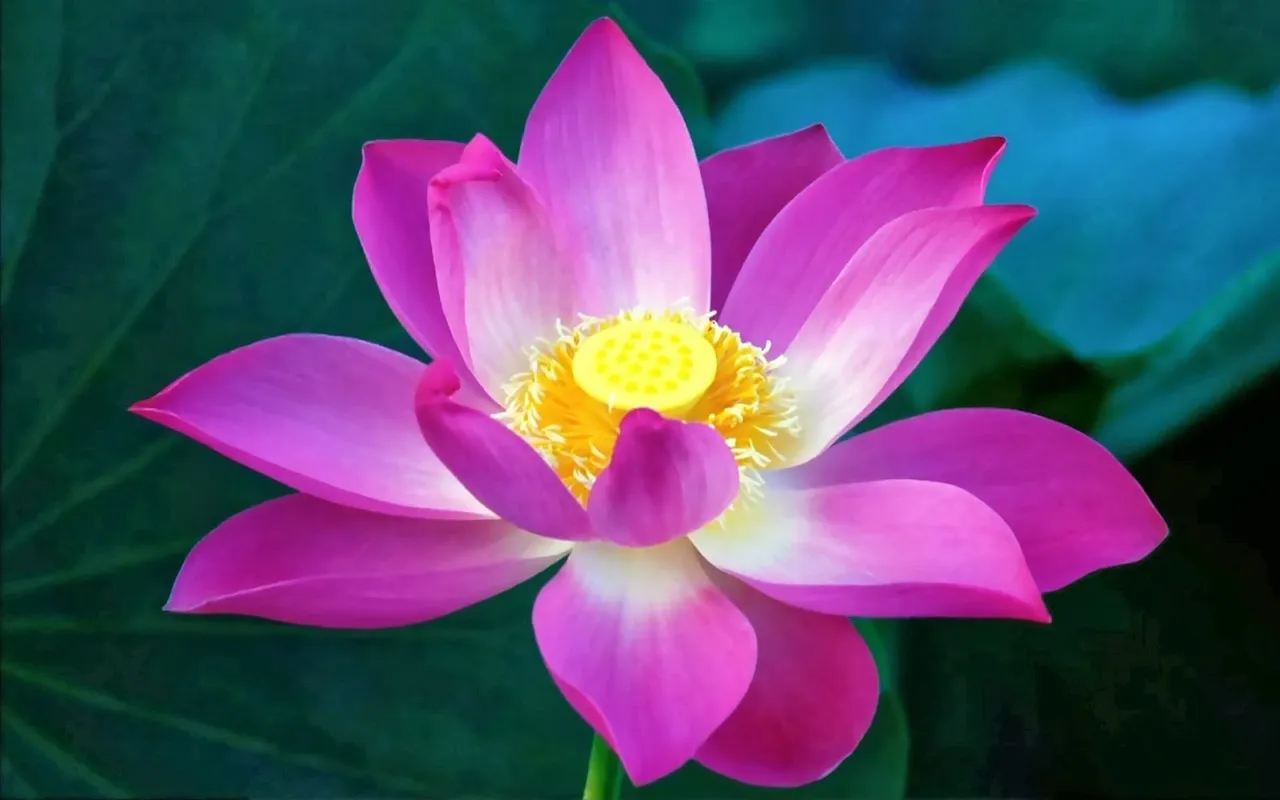Visionary marketing leaders are the architects of a company’s future success. They embody key characteristics that set them apart from their peers, including innovation, strategic thinking, adaptability, customer-centricity, effective communication, data-driven decision-making, and leadership skills.
One of the hallmark traits of a visionary marketing leader is an unwavering openness to innovation. They actively seek new ideas and approaches, embracing emerging technologies and trends to remain at the forefront of their industry. Additionally, they possess strategic thinking abilities, developing and executing marketing strategies that seamlessly align with overall business goals, contributing to sustained company growth.
Remaining agile and adapting to changes in the market and industry is another essential trait of visionary marketing leaders. They adjust strategies to stay relevant and responsive to the dynamic nature of the business environment. Understanding customer needs is a top priority, and they tailor marketing efforts to create meaningful connections, enhancing brand loyalty.
Clear and compelling communication skills are crucial for conveying the marketing vision, ensuring teams and stakeholders are aligned with overarching goals, fostering shared understanding that drives collaborative efforts. Data is the compass guiding visionary marketing leaders. They leverage data and analytics to make informed decisions, measure campaign success, and adjust strategies based on performance.
Beyond individual skills, they excel in leadership, inspiring and leading marketing teams, fostering a collaborative and innovative work environment that propels the entire team toward ambitious marketing goals. In essence, visionary marketing leaders transform marketing from a mere function into a driving force behind sustained growth and excellence for their organizations.
Contact Innovative Marketing Solutions Consulting today and learn how we can help grow your business: info@imsconsulting.co, www.imsconsulting.co







